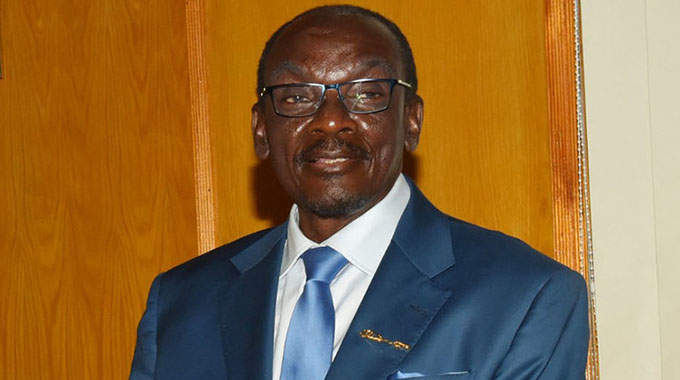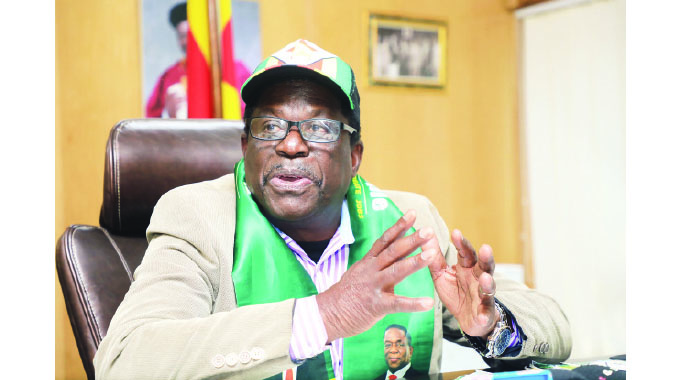Cotton farmers seek Govt subsidy

Business Reporter
STAKEHOLDERS in Zimbabwe’s cotton industry are seeking a subsidy on cotton producer price during the forthcoming season after international lint prices crushed to historic levels due to coronavirus.
The lint prices are down by 33 percent to US49c per pound from around US70c the same period last year on the New York Futures as the deadly pandemic takes toll on commodity prices.
Cotton is one of Zimbabwe’s largest foreign currency earners. The season is due to begin in the next few weeks as some farmers have already started harvesting.
“That will be an ideal situation if the Government can afford,” the president of Zimbabwe Farmers Union Mr Paul Zakaria told The Herald Finance and Business in an interview yesterday.
“That’s what happens in other countries where subsidies are put in place as shock absorbers.”
Some cotton producing countries such as the US, Brazil and Pakistan pay their farmers a minimum support price to cushion them. This has helped in keeping production levels high in the face of challenges.
For instance, since 1995 the US has been providing about US$2,5 billion annually to support farmers in the face of challenges including natural disasters and competition.
“It is important for Government to do what other countries are doing . . . it is very normal. We know the Government is overwhelmed but there is need to protect the sector, which is on the recovery path,” economist Persistence Gwanyanya said.
Mr Zakaria said the farmers and ginners recently met to discuss the producer price, which takes into consideration costs incurred by either party or the prevailing prices on the international market.
Some industry sources, however, said the proposed prices by ginners and farmers “were far apart.”
“From what both parties proposed, they are far apart. Maybe a state subsidy will save the situation,” said the source.
Zimbabwe cotton industry has been recovering since 2015 after production dropped to record levels in almost two decades partly due to lack of adequate financial support from ginners and poor prices.
Production increased from 28 000 tonnes in 2015 to 142 000 tonnes in 2018, helped by State-sponsored free inputs scheme, which has seen nearly 400 000 farmers benefit from free inputs.
Cotton output, however, fell last year due to drought, but it is expected to rebound this year. Private companies have also come up with own schemes to complement Government’s efforts.
Of late, there has been a growing interest by private players in the cotton industry with analysts advocating for policies that attract capital from the private sectors to lessen the burden on the Government.
Unlike tobacco, the cotton marketing season is unlikely to be affected by Covid-19 as most of the buying points are decentralised.
The opening of the tobacco auction floors, which was set for today was indefinitely postponed as the authorities work on modalities on when the sales would be conducted in light of Covid-19, which has infected 2,5 million worldwide and killed nearly 100 000.
The Covid-19 pandemic has plunged the world economy to depths unknown since the Second World War, adding to the woes of an economy that was already struggling to recover from the pre-2008 recession.
Beyond its impact on human health (materialised by morbidity and mortality), coronavirus, is disrupting an interconnected world economy through global value chains, which account for nearly half of global trade.
The pandemic has also resulted in abrupt falls in commodity prices, fiscal revenues, foreign exchange receipts, foreign financial flows, travel restrictions, declining of tourism revenues and shrinking labour market.
Zimbabwe extended the 21-day national lockdown on Sunday by two more weeks as part of measures to curb the spread of the highly contagious disease, which had infected 25 people and killed three.










Comments